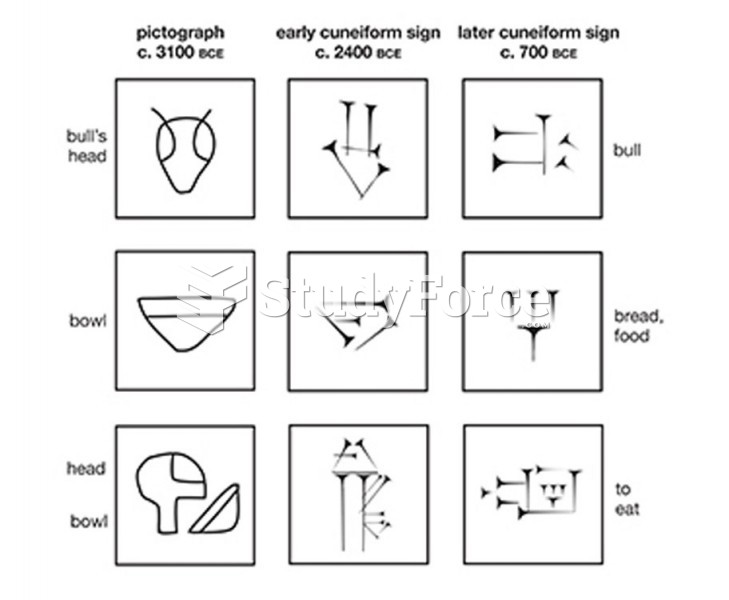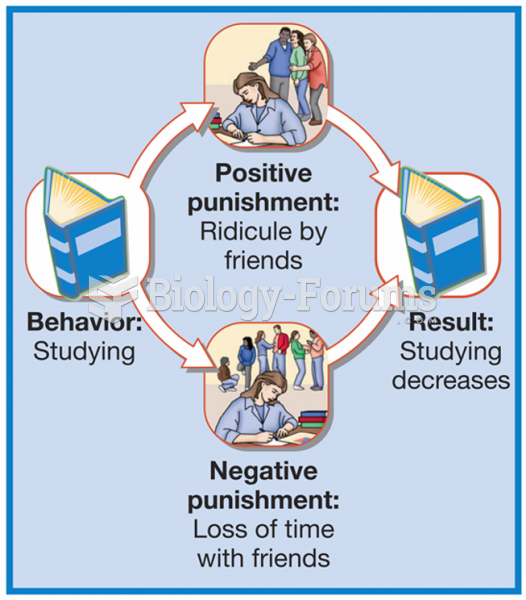Answer to Question 1
Answer: Readers receiving routine replies and positive messages will generally be interested in what you have to say, so you will usually use the direct approach. Place your main idea (the positive reply or the good news) in the opening. Use the body to explain all the relevant details, and close cordially, perhaps highlighting a benefit to your reader. By opening with the main idea or good news, you prepare your audience for the details that follow. Make your opening clear and concise. Use the body to explain your point completely so that your audience won't be confused or doubtful about your meaning. As you provide the details, maintain the supportive tone established in the opening. However, if the routine message is mixed and must convey mildly disappointing information, put the negative portion of your message into as favorable a context as possible. However, if the negative news is likely to be a shock or particularly unpleasant for the reader, you will want to use the indirect approach. Your message is more likely to succeed if it leaves your readers with the feeling that you have their best interests in mind. You can accomplish this by highlighting a benefit to the audience or by expressing appreciation or goodwill. If follow-up action is required, clearly state who will do what next.
Answer to Question 2
Answer: Starting with the main idea. By opening with the main idea or good news, you prepare your audience for the details that follow. Make your opening clear and concise. Use the body to expand on the opening message so that readers get all the information they need. As you provide the details, maintain the supportive tone established in the opening. This tone is easy to continue when your message is entirely positive. However, if your routine message is mixed and must convey mildly disappointing information, put the negative portion of your message into as favorable a context as possible: Instead of No, we no longer carry the Sportsgirl line of sweaters, use The new Olympic line has replaced the Sportsgirl sweaters you asked about. Olympic features a wider range of colors and sizes and more contemporary styling. The more complete description is less negative and emphasizes how the audience can benefit from the change. However, if the negative news is likely to be a shock or particularly unpleasant for the reader, you'll want to use the indirect approach. The close of routine replies and positive messages is usually short and simple, because you're leaving things on a neutral or positive note and not usually asking for the reader to do anything. Often, a simple thank you is all you need. However, if follow-up action is required or expected, use the close to identify who will do what and when that action will take place.







